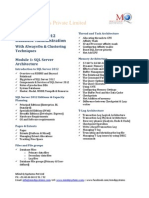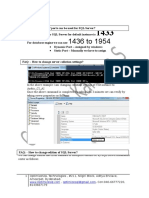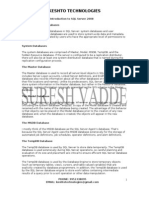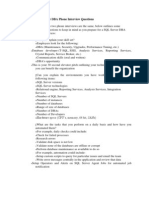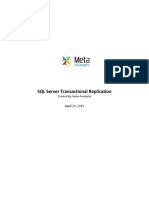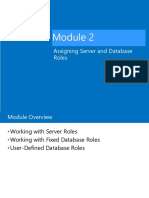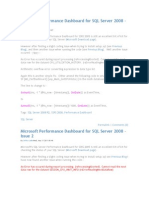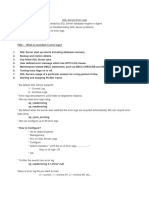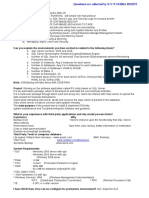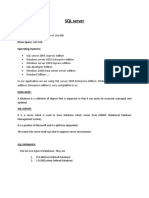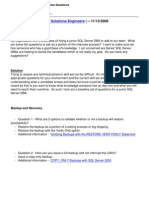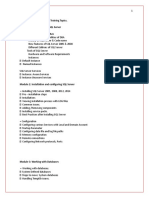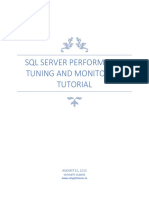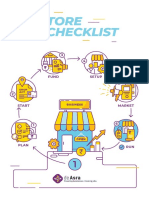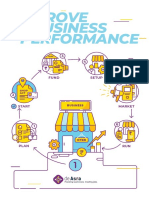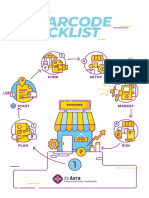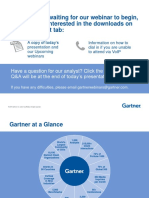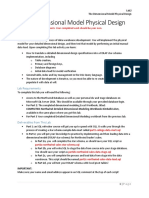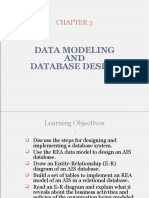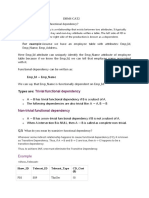100% found this document useful (1 vote)
580 views3 pagesSQL Server DBA Training Course
The document describes a 40-hour SQL Server DBA training course. It will be taught by a trainer with over 15 years of experience as a senior DBA. The training will cover topics such as SQL Server installation, configuration, security, backup and restore, performance tuning, and high availability options including mirroring, replication, clustering, and AlwaysOn availability groups.
Uploaded by
cr4satyajitCopyright
© © All Rights Reserved
We take content rights seriously. If you suspect this is your content, claim it here.
Available Formats
Download as PDF, TXT or read online on Scribd
100% found this document useful (1 vote)
580 views3 pagesSQL Server DBA Training Course
The document describes a 40-hour SQL Server DBA training course. It will be taught by a trainer with over 15 years of experience as a senior DBA. The training will cover topics such as SQL Server installation, configuration, security, backup and restore, performance tuning, and high availability options including mirroring, replication, clustering, and AlwaysOn availability groups.
Uploaded by
cr4satyajitCopyright
© © All Rights Reserved
We take content rights seriously. If you suspect this is your content, claim it here.
Available Formats
Download as PDF, TXT or read online on Scribd
/ 3





